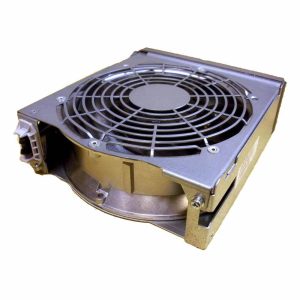Integrated cooling solutions play a crucial role in preventing system failures and minimizing downtime, especially in industries where machines and equipment are subjected to intense operational pressures. Effective cooling systems ensure that these systems maintain optimal temperatures, thereby preserving their longevity, efficiency, and functionality. In environments such as data centers, manufacturing plants, and even automotive or electronics industries, the integration of cooling solutions is essential to prevent overheating, which can lead to significant malfunctions and costly repairs. At the core of integrated cooling solutions is the ability to manage and regulate the temperature of various components within a system. Excess heat not only degrades the performance of these components but also accelerates wear and tear, ultimately leading to system failure. By employing efficient and well-designed cooling systems, companies can ensure that their equipment functions within safe temperature ranges, reducing the likelihood of overheating-related issues.

In addition to preventing overheating, integrated cooling systems also promote energy efficiency. Many advanced cooling solutions are designed to operate with minimal energy consumption, which can significantly lower operational costs. For instance, liquid cooling systems, which are more efficient than traditional air-based cooling, transfer heat away from sensitive components with less energy. This can be particularly beneficial in industries that rely on large-scale machinery or computing power, such as in cloud computing or industrial automation. These integrated cooling solutions help reduce the environmental footprint of businesses while enhancing the overall performance of their equipment. Moreover, cooling systems that are integrated into the design of machinery or infrastructure provide a streamlined approach to heat management. Rather than relying on external cooling solutions, which can be cumbersome and costly, integrated systems are built directly into the machinery, offering a more compact and efficient solution. This integration minimizes the complexity of cooling management and ensures that each system’s cooling needs are met based on its unique requirements.
By tailoring cooling solutions to specific equipment, organizations can prevent system overheating without the need for additional, space-consuming cooling units. Another key benefit of integrated cooling solutions is their role in reducing downtime. System failures caused by overheating often result in unscheduled downtime, which can be both costly and disruptive. Industries that rely on continuous operations, such as in manufacturing or IT, cannot afford to experience significant downtime. Integrated cooling systems ensure that systems are running at their best, reducing the chances of unexpected shutdowns and minimizing the need for reactive maintenance. This proactive approach to cooling allows for better uptime management and contributes to more consistent productivity levels. Additionally, acdc cooling solutions are equipped with monitoring and alerting features that provide real-time data on the temperature and performance of the system. This enables companies to identify potential issues before they become critical. By incorporating sensors and alarms, businesses can take preventative measures, such as adjusting airflow or initiating a backup cooling process, to avoid overheating and system failures.
